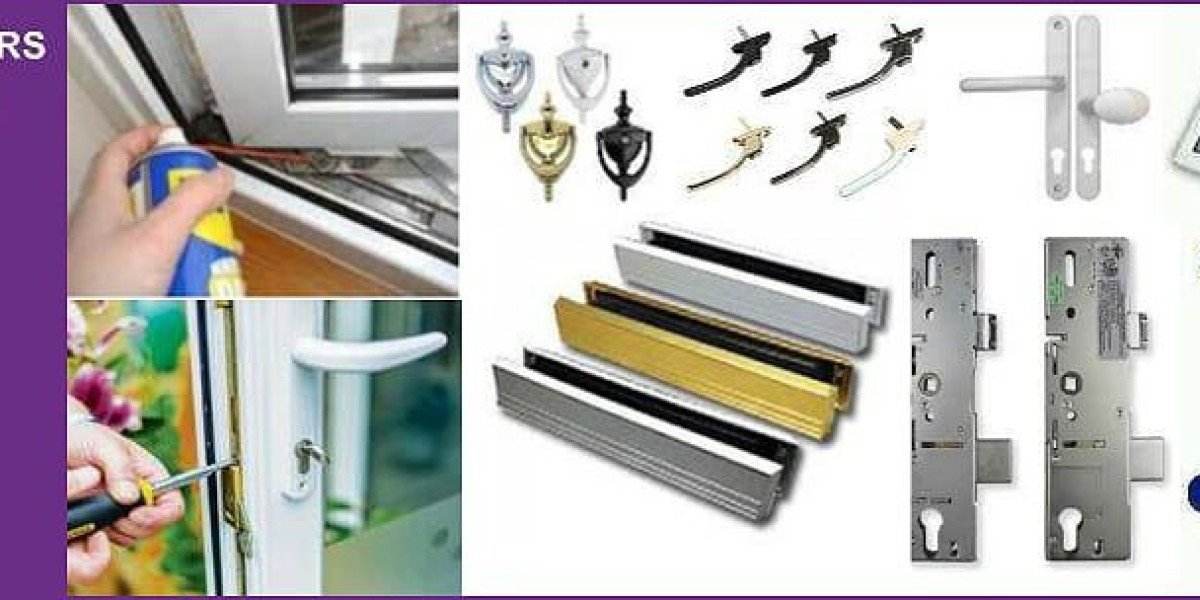Window Regulator Repair: A Comprehensive Guide
Windows are a vital part of any structure, supplying light, ventilation, and a view of the outside world. Nevertheless, gradually, the systems that manage the opening and closing of windows, known as window regulators, can wear out or breakdown. This can lead to issues like trouble in opening or closing windows, drafts, and even security hazards. Comprehending how to repair upvc door a window regulator can save property owners time, money, and frustration. This extensive guide will walk you through the process of determining issues, identifying issues, and carrying out repairs on a window regulator.

Understanding Window Regulators
What is a Window Regulator?
A window regulator is a mechanical gadget that controls the vertical motion of a window sash. It is generally discovered in double-hung and single-hung windows, where the sash can be raised or lowered. The regulator includes a number of parts, consisting of:
- Track: The vertical channel in which the window sash moves.
- Balance System: The mechanism that supports the weight of the sash, making it easier to open and close.
- Cord or Chain: The material that links the sash to the balance system.
- Wheel: The wheel over which the cable or chain runs, assisting in smooth movement.
- Locking Mechanism: The device that protects the window in place when closed.
Typical Issues with Window Regulators
Window regulators can experience a variety of problems, including:
- Difficulty in Opening or Closing: The window may be hard to move, or it might stick in particular positions.
- Drafts: Air may leak around the window, leading to increased energy expenses and pain.
- Loose Sash: The window sash may rattle or move excessively, showing a problem with the balance system.
- Broken Cord or Chain: The cord or chain that links the sash to the balance system might break, rendering the window unusable.
- Used Pulleys: Pulleys can wear gradually, causing the window to move unevenly or not at all.
Identifying Window Regulator Issues
Before trying any repairs, it's important to detect the specific concern with your window regulator. Here are some actions to help you determine the problem:
- Inspect the Window Sash: Check for any noticeable damage or endure the sash, such as cracks, warping, or loose parts.
- Take a look at the Track: Look for any particles, dirt, or obstructions in the track that might be avoiding the sash from moving efficiently.
- Inspect the Balance System: Inspect the balance system for indications of wear, such as frayed cords, broken chains, or loose wheels.
- Evaluate the Locking Mechanism: Ensure that the locking mechanism is working effectively and that it firmly holds the window in location when closed.
- Feel for Drafts: Run your hand around the edges of the upvc window repair near me to detect any air leakages.
Actions to Repair a Window Regulator
As soon as you have actually determined the concern, you can proceed with the suitable repair. Here are the basic steps for repairing a window regulator:
1. Collect Tools and Materials
Before you start, make certain you have the following tools and materials:
- Screwdriver (Phillips or flathead)
- Pliers
- Replacement cables or chains (if required)
- Lubricant (silicone spray or graphite powder)
- New balance system (if the existing one is harmed beyond repair)
- Safety glasses and gloves
2. Get Rid Of the Window Sash
- Single-Hung Windows: Remove the bottom sash by tilting it inward and lifting it out of the track.
- Double-Hung Windows: Remove both the leading and bottom sashes by tilting them inward and raising them out of the track.
3. Examine and Clean the Track
- Utilize a soft-bristled brush or a vacuum to get rid of any dirt, particles, or obstructions from the track.
- Use a little quantity of lubricant to the track to make sure smooth motion.
4. Replace the Cord or Chain
- Get Rid Of the Old Cord/Chain: Use pliers to detach the old cable or chain from the balance system.
- Install the New Cord/Chain: Thread the new cable or chain through the pulley-block and attach it to the balance system. Ensure that it is firmly secured and correctly tensioned.
5. Adjust the Balance System
- Check Tension: Test the stress of the balance system by raising the sash. It should move smoothly and remain in location when launched.
- Change as Needed: If the sash is too heavy or too light, adjust the stress on the balance system according to the producer's directions.
6. Reinstall the Window Sash
- Single-Hung Windows: Place the bottom sash back into the track, ensuring it is appropriately aligned. Tilt it outward and push it into place.
- Double-Hung Windows: Place both the top and bottom sashes back into the track, ensuring they are correctly lined up. Tilt them external and push them into location.
7. Evaluate the Window
- Open and close the window a number of times to guarantee it moves smoothly and remains in location.
- Check for any drafts or air leaks around the edges of the window.
8. Clean and Lubricate
- Clean the window and the track with a moist cloth.
- Apply a percentage of lubricant to the moving parts to make sure smooth operation.
FAQs
Q: Can I repair a window regulator myself, or should I call an expert?
A: Many window regulator repairs can be done by house owners with basic tools and DIY abilities. However, if you are uneasy with the process or if the concern is intricate, it may be best to call an expert window repair service.
Q: How typically should I inspect and keep my window regulators?
A: It's a great concept to examine and maintain your window regulators at least when a year. This includes cleaning up the track, lubricating the moving parts, and looking for any signs of wear or damage.
Q: What are the indications that a window regulator needs to be replaced?
A: Signs that a window regulator needs to be replaced include difficulty in opening or closing the window, loose sash motion, damaged cords or chains, and used pulley-blocks. If the balance system is damaged beyond repair, replacement may be necessary.
Q: Can I utilize any type of lube on my window regulator?
A: It's best to use a silicone spray or graphite powder particularly designed for window tracks and moving parts. Avoid using oil-based lubes, as they can attract dirt and debris, leading to more problems.
Q: How can I prevent window regulator issues in the future?
A: Regular upkeep is essential to avoiding window regulator concerns. Keep the track clean, oil the moving parts, and address any indications of wear or damage quickly. In addition, avoid forcing the window open or closed, as this can put unnecessary strain on the regulator.
Window regulators are important elements of any window system, ensuring smooth and safe operation. By understanding the common problems and following the steps outlined in this guide, homeowners can efficiently diagnose and repair window regulator problems. Regular maintenance and timely upvc repairs door repairs near me - https://git.kimcblog.com, can extend the life of your windows and guarantee they continue to function appropriately for years to come.








